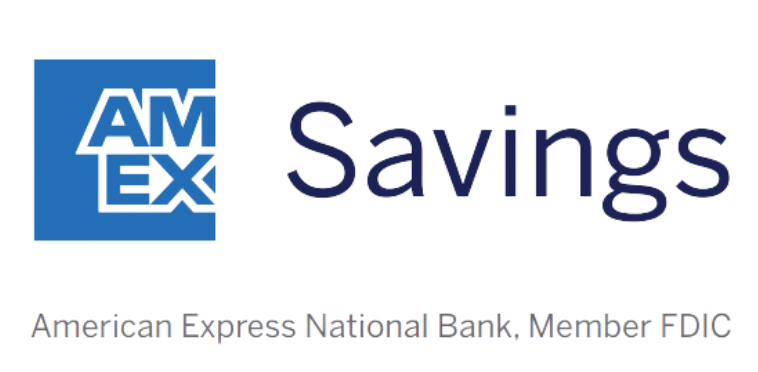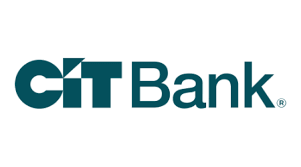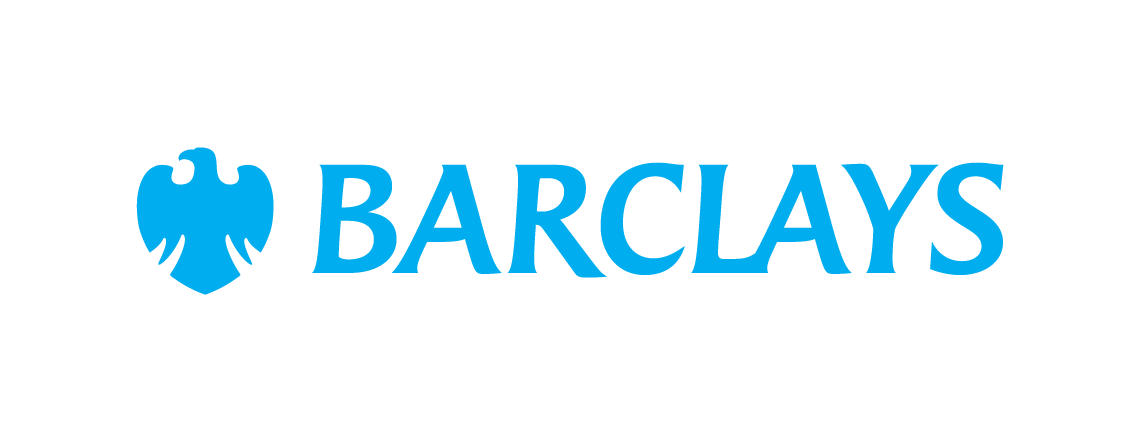Stagflation Warning: 3 Smart Money Moves to Make Now

Image source: Getty Images
KEY POINTS
- Stagflation is back in the headlines, with unemployment rising and inflation a concern.
- Prepare ahead by boosting your emergency fund, starting a side hustle, and crushing high-interest debt.
- High-yield savings accounts and 0% intro APR cards can help ease financial stress.
In a week full of economic uncertainty -- and a little political spice -- President Donald Trump called Federal Reserve chair Jerome Powell a "major loser," pressuring him to cut interest rates ASAP.
But Powell's in a tough spot. Cutting rates too soon could fuel more inflation. And keeping them high could slow the economy down further.
Throw rising unemployment into the mix, and it raises a scary question: Are we heading toward stagflation?
What is stagflation?
High inflation + rising unemployment + slowing economy = stagflation.
Our Picks for the Best High-Yield Savings Accounts of 2025
| Product | APY | Min. to Earn | |
 American Express® High Yield Savings Account Member FDIC. APY 3.70% Rate info 3.70% annual percentage yield as of April 23, 2025. Terms apply. Min. to earn $0 Open Account for American Express® High Yield Savings Account On American Express's Secure Website. | 3.70% Rate info 3.70% annual percentage yield as of April 23, 2025. Terms apply. | $0 | Open Account for American Express® High Yield Savings Account On American Express's Secure Website. |
 CIT Platinum Savings Member FDIC. APY 4.10% APY for balances of $5,000 or more Rate info 4.10% APY for balances of $5,000 or more; otherwise, 0.25% APY Min. to earn $100 to open account, $5,000+ for max APY Open Account for CIT Platinum Savings On CIT's Secure Website. | 4.10% APY for balances of $5,000 or more Rate info 4.10% APY for balances of $5,000 or more; otherwise, 0.25% APY | $100 to open account, $5,000+ for max APY | Open Account for CIT Platinum Savings On CIT's Secure Website. |
 Barclays Tiered Savings Member FDIC. APY 4.10% Rate info Balances less than $250,000 earn 4.10%, and balances greater than $250,000 earn 4.30%. Min. to earn $0 Open Account for Barclays Tiered Savings On Barclays' Secure Website. | 4.10% Rate info Balances less than $250,000 earn 4.10%, and balances greater than $250,000 earn 4.30%. | $0 | Open Account for Barclays Tiered Savings On Barclays' Secure Website. |
Basically it's when prices go up, jobs go away, and the economy moves in slow-mo. It's an economic worst-case scenario -- and it really hurts everyday people like you and me.
The last time the U.S. really dealt with this was back in the 1970s -- and it wasn't pretty. We're not there (yet), but signs like persistent inflation, slower hiring, and big stock market declines have people sounding the alarm.
OK, so what things are still within your control? Here are three smart money moves for your finances in 2025.
1. Beef up your emergency fund
First, having a solid emergency fund is really important right now. One of the biggest disasters that could hit you personally is losing your job unexpectedly.
How big should your emergency fund be?
Retirement expert Robert Brokamp says: "The standard advice is three to six months' worth of expenses. I tend to favor the latter, especially if you have kids and/or a mortgage. During the 2007-2009 recession, which was the worst economic downturn since the Great Depression, the median length of unemployment for people who lost their jobs rose to 25.2 weeks. So being able to pay your bills for six months without an income is a good goal."
In shaky times, even one extra month of cash can make a huge difference. If you're light on cash savings right now, start beefing it up.
And don't just leave it in a checking account earning zero interest. Stagflation means you need to beat inflation wherever possible.
So keeping all your cash in a high-yield savings account (HYSA) is key. My favorite HYSA right now? Check out CIT Platinum Savings -- earning 4.10% APY for balances of $5,000 or more.
2. Pick up a side hustle
When prices are rising, earning a little extra on the side can make a huge difference. Whether it's an extra $100 a week from dog sitting, or $1,000 a month from selling stuff online, any extra cash helps avoid dipping into your savings -- or worse, racking up debt.
Plus, a side hustle doubles as a safety net. If you lose your main gig, you've still got a small backup income stream rolling in. And who knows? With the right setup, your side hustle might even grow into a full-time business someday.
3. Get rid of any high-interest debt (before it gets worse)
Rising expenses are tough. But add in 20% or more interest? That's a whole different level of pain and stress.
If you're carrying balances month to month, every dollar of debt gets more expensive in a stagflation environment. Your income might stay flat, but your bills sure won't. That's why paying down high-interest debt is one of the smartest financial moves you can make right now.
Start by attacking your highest-interest balances first. This is called the debt avalanche method. It's the quickest way to pay off all your debts.
And if you need a little breathing room, consider a balance transfer card. If you have good credit, this tool can give you time to pay without extra interest stacking up. Check out the best 0% APR credit cards to pay off debt faster.
Beat the chaos before it starts
I'm not saying stagflation is guaranteed. I certainly hope our leaders can stop squabbling and work together to improve the economy in 2025.
But just like my grandpa always said: "Prepare for the worst, so you're in the best situation no matter what happens."
免責聲明:投資有風險,本文並非投資建議,以上內容不應被視為任何金融產品的購買或出售要約、建議或邀請,作者或其他用戶的任何相關討論、評論或帖子也不應被視為此類內容。本文僅供一般參考,不考慮您的個人投資目標、財務狀況或需求。TTM對信息的準確性和完整性不承擔任何責任或保證,投資者應自行研究並在投資前尋求專業建議。
熱議股票
- 1
- 2
- 3
- 4
- 5
- 6
- 7
- 8
- 9
- 10